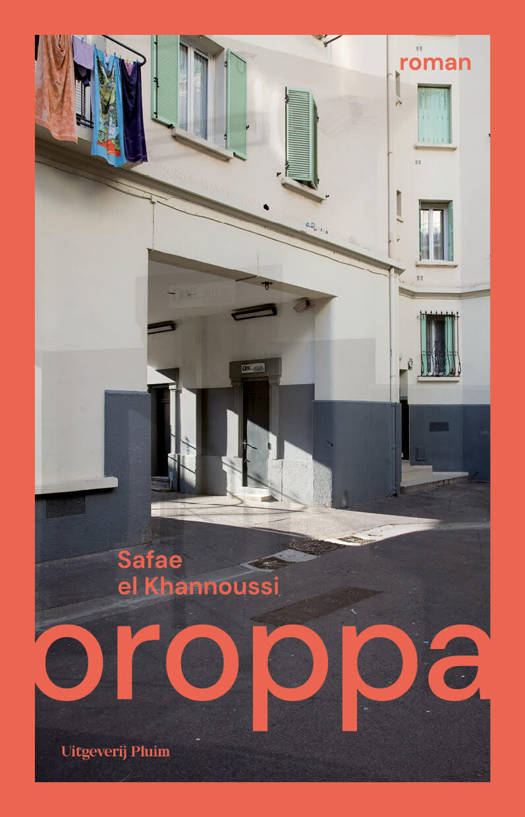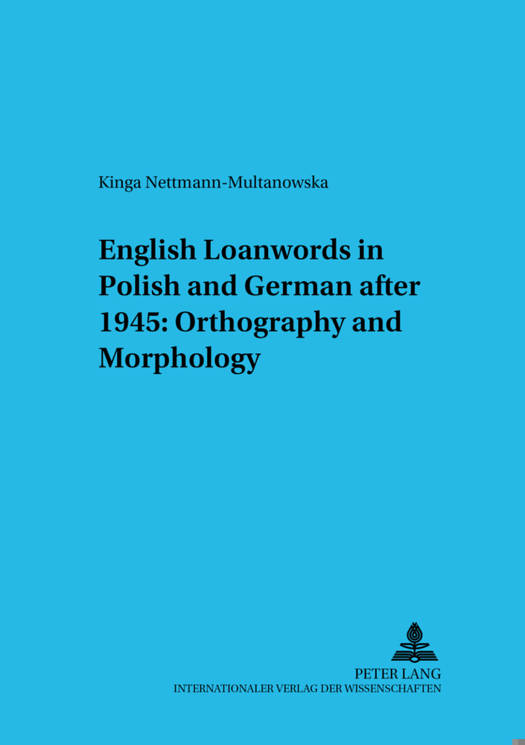
- Afhalen na 1 uur in een winkel met voorraad
- Gratis thuislevering in België vanaf € 30
- Ruim aanbod met 7 miljoen producten
- Afhalen na 1 uur in een winkel met voorraad
- Gratis thuislevering in België vanaf € 30
- Ruim aanbod met 7 miljoen producten
Zoeken
English Loanwords in Polish and German After 1945: Orthography and Morphology
Kinga Nettmann-Multanowska
€ 77,45
+ 154 punten
Omschrijving
This book attempts a morphological and orthographic analysis of post-1945 English loanwords cropping up in both Polish and German (a corpus of 477 items collected from dictionaries) in order to trace analogies and dissimilarities in loanword treatment. The author tries to answer several questions that concern (1) the influence foreign orthography exerts on the process of loanword assimilation, (2) morphological characteristics of replica items, and (3) gender distribution as evidence for a hierarchical structure of rules governing gender assignment. Eventually, she finds that foreign orthography of loanwords does not present any hindrance to their assimilation into the grammatical system of either one of the recipient languages; and that while phonological/graphical ('auslaut') conventions of gender assignment are decisive for Polish, in German gender is determined in accordance to a set of semantic rules.
Specificaties
Betrokkenen
- Auteur(s):
- Uitgeverij:
Inhoud
- Aantal bladzijden:
- 231
- Taal:
- Engels
- Reeks:
- Reeksnummer:
- nr. 45
Eigenschappen
- Productcode (EAN):
- 9783631506578
- Verschijningsdatum:
- 21/01/2003
- Uitvoering:
- Paperback
- Formaat:
- Trade paperback (VS)
- Afmetingen:
- 148 mm x 210 mm
- Gewicht:
- 339 g

Alleen bij Standaard Boekhandel
+ 154 punten op je klantenkaart van Standaard Boekhandel
Beoordelingen
We publiceren alleen reviews die voldoen aan de voorwaarden voor reviews. Bekijk onze voorwaarden voor reviews.











